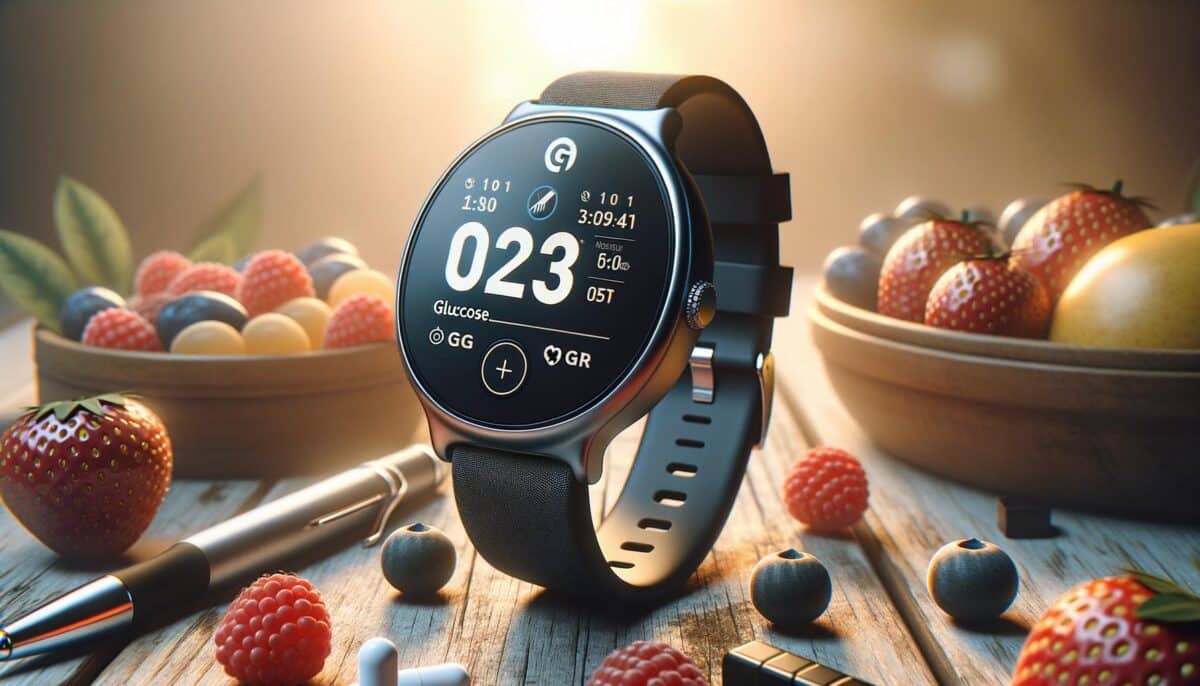The Rise of Glucose Monitoring Technology
In an era where technology melds seamlessly with health and lifestyle, glucose smartwatches are emerging as a compelling innovation. These devices offer a powerful solution for individuals needing to monitor their blood sugar levels continuously, previously a task met with discomfort and inconvenience. Blood Sugar Watches empower individuals by providing real-time data, significantly improving diabetes management and enabling proactive health care. The rise of these smart devices marks a pivotal moment in the convergence of technology and health, setting new standards for personal healthcare solutions.
How Do Glucose Smartwatches Work?
The mechanics behind Blood Sugar Watches are both intricate and fascinating. Unlike traditional glucose monitors, which require the user to prick their skin for blood samples, these smartwatches leverage advanced sensors that monitor glucose levels noninvasively. Generally, these devices employ optical sensors that detect glucose levels through the skin. These readings are then processed by algorithms to provide accurate blood sugar readings. Some models also pair with mobile apps, offering users a comprehensive view of their health data and even alerting them in case of critical readings, thus offering a multifaceted approach to health management.
Features and Benefits of Glucose Smartwatches
Glucose smartwatches come loaded with features that make them highly advantageous for daily health monitoring:
- Real-Time Monitoring: Provides constant updates on glucose levels, enabling quick responses to fluctuations.
- Data Tracking: Offers a thorough record of blood sugar trends over time, crucial for diabetic care.
- Alerts and Notifications: Warns users of potential highs or lows in sugar levels before they become critical.
- Integration with Health Apps: Synchronizes with health management apps for a comprehensive view of one’s health.
The integration of these features positions Blood Sugar Watches as not only a practical tool but a game-changer in individual health empowerment, providing control and confidence to those managing diabetes.
Considerations Before Buying
While exploring the market for Blood Sugar Watches, several considerations can guide users to make informed decisions:
- Accuracy and Reliability: Evaluate the accuracy of the sensors and technology used in the watch.
- Compatibility: Check if the smartwatch integrates well with existing devices and apps.
- Battery Life: Consider the watch’s battery longevity, as frequent charging might not be feasible.
- User Reviews and Ratings: Gain insights from other users’ experiences to assess the reliability and functionality of the smartwatch.
Taking note of these factors ensures a satisfying and beneficial purchase, aligning the smartwatch with individual health needs.
The Future of Glucose Smartwatches
Looking ahead, the potential for Blood Sugar Watches is boundless. Continuous advancements in technology hint at even more sophisticated features and improved sensor accuracy. Future innovations may offer enhanced connectivity options, broader compatibility with other health devices, and further integration with AI for predictive analysis of health trends. As healthcare technology advances, these smartwatches are likely to become indispensable tools for proactive health maintenance, reflecting a broader shift towards personalized healthcare strategies that cater precisely to individual needs.
Conclusion
Blood Sugar Watches represent a significant stride forward in healthcare technology, offering users a seamless blend of convenience, accuracy, and innovative health management. For those grappling with blood sugar imbalances, these devices ensure a level of autonomy and insight previously unattainable. As technology continues to evolve, incorporating such devices into daily routines not only enhances well-being but also aligns closely with the global shift towards more proactive personal health management strategies. Embracing these advancements places individuals at the forefront of a health revolution, empowered by technology and information.
